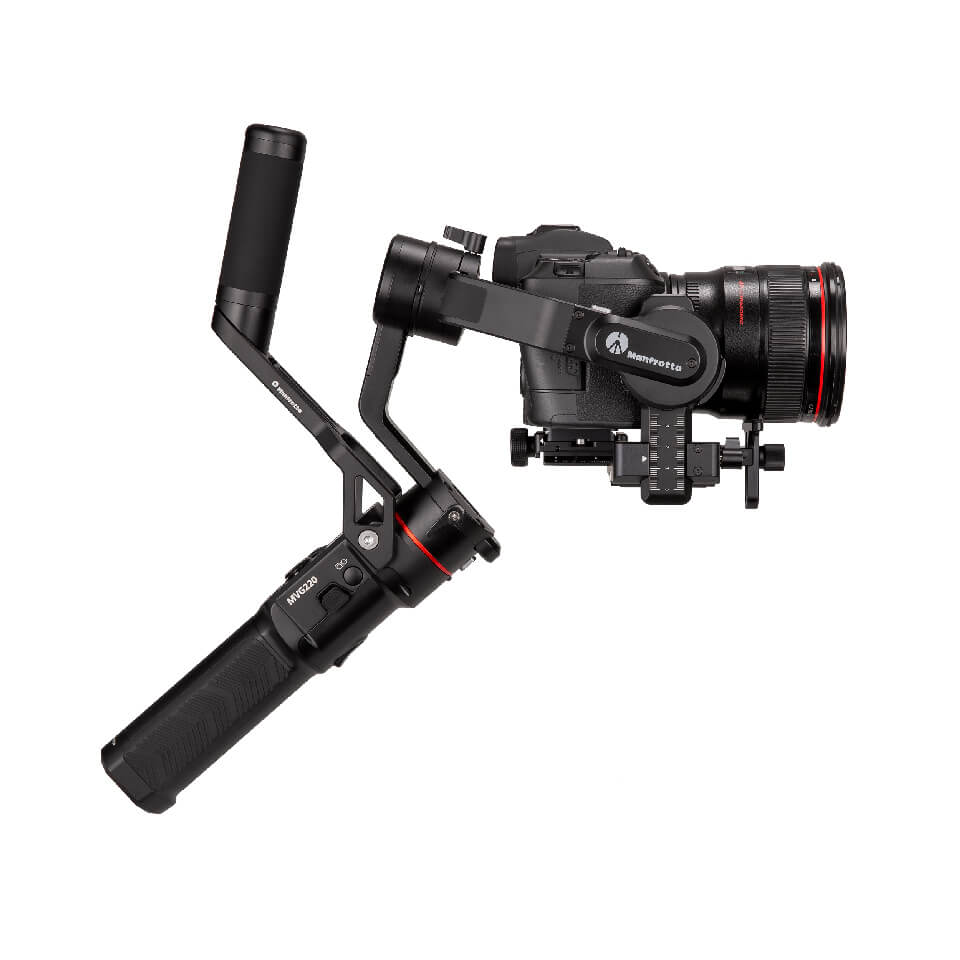Gimbals have revolutionized the world of photography and videography, allowing professionals and enthusiasts alike to capture smooth, stable footage of even the most unpredictable events. As technology continues to evolve and improve, gimbals are poised to become even more sophisticated and versatile in the years to come. In this article, we will explore some of the advancements and innovations that are shaping the future of gimbles.

Artificial Intelligence
One of the most significant advancements in gimbals is the integration of artificial intelligence (AI) technology. Gimbals equipped with AI technology can analyze their surroundings and adjust their movements accordingly, making it easier to track and stabilize moving subjects. For example, some gimbals can now detect faces, automatically follow movements, and even predict movements based on previous patterns.
Miniaturization
As technology continues to evolve, components become smaller, more efficient, and produce less heat. Thus, gimbals are becoming smaller, lighter, and more compact without compromising the payload capacity and stabilization.
Miniaturization allows filmmakers to have more control over their camera without being weighed down by large, bulky equipment. It also allows for more creative freedom in areas where large gimbals may not be practical, such as hiking trails, crowded areas, and tight spaces.
Modular Designs
The rise of modular designs has drastically expanded the capabilities of gimbals. Modern gimbals now have interchangeable parts that filmmakers can swap to create the ideal setup for their shooting situation. For example, users can modify handles, camera mounts, and accessories. This innovation allows professionals to adapt their gimbal to different environments quickly.
Wireless Control
Wireless control is a valuable innovation that allows for remote control of the gimbal up to 100 meters away or more. The use of remote controllers enhances camera operators’ breadth of control over their gimbal, making it easier to get the perfect shot in unique circumstances. Off-set control is another valuable resource that enables camera operators to direct their gimbal operator remotely in real-time.
360 Degree Rotation
Traditionally, gimbals could only stabilize movements in up-down and left-right directions. However, advancements in design and engineering have expanded the frame of motion to include 360-degree movements while still maintaining stable footage quality. This innovation allows photographers to capture panoramic shots with ease and without any motion blur.
In-Camera Stabilization
In-camera stabilization is an innovation that combines gimbals with a camera’s internal stabilization. Adding in-camera stabilization to the gimbal further stabilizes the footage, minimizing camera shake and producing even smoother results. This feature is useful for those who want their videos to have a more cinematic look and for those who are using cameras without built-in stabilization capabilities.
Hybrid Systems
Hybrid systems are another innovation that combines traditional gimbals with other advanced stabilization technologies such as Steadicam. These hybrid systems produce more stable footage by combining the strengths of different stabilization techniques. Hybrid gimbals are becoming increasingly popular, especially in the film industry, where filmmakers are looking to capture more complicated and dynamic shots.
Auto-Calibration
Auto-calibration is an exciting development in gimbal technology that allows the gimble to calibrate itself automatically. This means that users no longer have to perform manual calibration before filming. Auto-calibration saves time and reduces the margin of error associated with manual calibration, thus ensuring smoother and more stable footage.
In Conclusion
The advancements and innovations that are shaping the future of gimbals are revolutionizing the field of videography and photography. AI technology, miniaturization, modular designs, wireless control, 360-degree rotation, in-camera stabilization, hybrid systems, and auto-calibration are just a few examples of the many rapid advancements in the world of gimbals. These innovations are making it easier for filmmakers to achieve smoother, more stable footage, and are giving them more creative control over their work. As technology continues to evolve, the possibilities for gimbals and their applications will only continue to grow.









